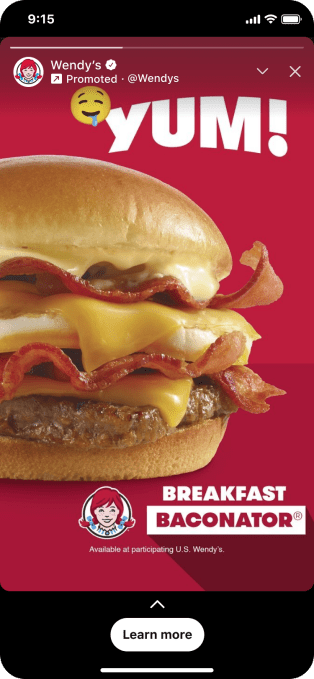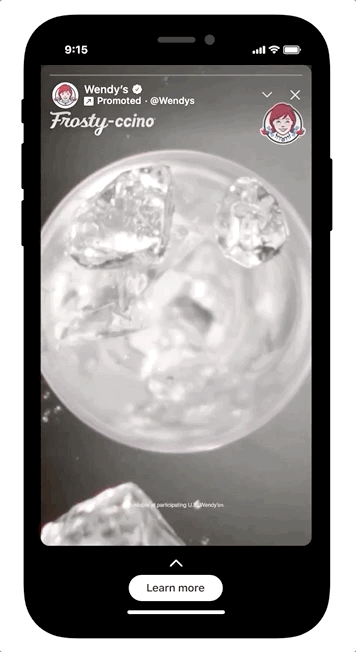
Ads are coming to Twitter’s version of Stories, known as Fleets. The company announced today it will began pilot testing Fleet ads in the U.S., which will bring full-screen, vertical format ads to Twitter for the first time, allowing it to better compete with the vertical ads offered across social media platforms, including Facebook, Instagram, Snapchat and TikTok, among others.
The new Fleet ads will appear in between Fleets from people you follow and will support both images and video in 9:16 format. The video ads support up to 30 seconds of content, and brands can also include a “swipe up” call-to-action within their ads.
For video, this is shorter than what Instagram offers (up to 120 seconds) or TikTok (up to 60 seconds), but is in line with best practices, which stress that shorter ads can be better.
Twitter didn’t say how often you’ll see a Fleet ad as you swipe, saying only that it will “innovate, test and continue to adapt” in this area as it learns how people engage.
Advertisers, meanwhile, will receive standard Twitter ad metrics for their Fleet ads, including impressions, profile visits, clicks, website visits and more. And for video ads, Twitter will report video views, 6s video views, starts, completes, quartile reporting and other metrics.

Image Credits: Twitter
The company is launching the pilot program in the U.S. with just 10 advertisers, including those in tech, retail, dining and CPG verticals.
Twitter says the pilot will help the company understand how well these types of ads perform on Twitter, which will inform the company not only how to better optimize Fleet ads going forward, but also other areas where it may launch full-screen ads further down the road. In addition, it wants to learn how people feel about and engage with full-screen ads, as the test continues.
Twitter began experimenting with Fleets in spring 2020 as a way to offer a Stories-like product experience where users could post ephemeral content. At the time, the company hoped Fleets would encourage more hesitant users to share content to the platform, as Fleets disappeared after 24 hours, reducing the pressure to perform that comes with posting directly. They also don’t circulate Twitter like retweets and quote tweets do, nor do they show up in Search or Moments.

Image Credits: Twitter
The feature rolled out to global users in November 2020. They were initially criticized by some who felt that Fleets were yet another example of how all social apps were starting to look the same. Nevertheless, Fleets have now become a core part of the Twitter experience.
Today, people use Fleets to point to other tweets they’ve posted, or to share personal updates, photos and commentary. However, unlike Stories on other platforms, like Snapchat or Instagram, Fleets still offer a fairly bare-bones experience in terms of creator tools. You can change the background color, and add stickers and text, but that’s about it.
Twitter declined to say how many or what percentage of Twitter’s active user base has now adopted Fleets, noting instead that 73% of those who post Fleets say they also browse what others are sharing. The company says it plans to roll out new updates and features to Fleets in the future, as it continues to invest in the product.
Fleet ads will launch today in the U.S. across both iOS and Android.

